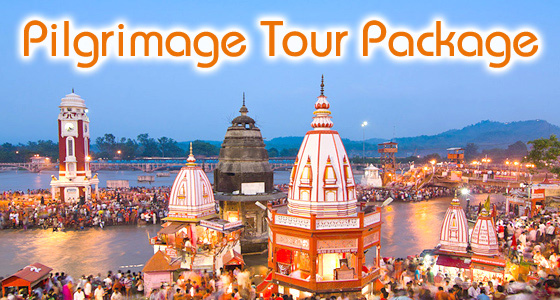HISTORY AND CULTURE OF UTTARAKHAND
People Uttarakhand is a region with great ethnic diversity. Though nobody can be called a native here, there are tribes and villages of people who have no other place to relate to. They are mostly dependent on agriculture and handicrafts.
Religion Religion or faith can be defined as belief in a supernatural power that protects us, punishes us and provides us with whatever we need. It sometimes has a face and sometimes it does not but the faith prompts people to worship this power.
uttarakhand or better known among the natives as Uttaranchal is famous across India for its holy places. This Devbhoomi (Land of Gods) is situated in the mountainous region of the Himalayas and is also a popular tourist destination.
The culture of a place depends upon its inhabitants, environment and its heritage. Uttarakhand has all the things in abundance. In fact, it has every thing that any tourist could want. The most significant donor for giving mass appeal to tourism in Uttarakhand is the states rich culture, an excellent intermingling of exoticism as well as the way of life. Frequently thought-out to be the belt of Hindu culture, the Uttarakhand's culture is beyond doubt one of the most vital tourist attractions of Uttarakhand .
The highlights of the Uttarakhandi culture should be its history, people, religion and dances.
Uttarakhand is home to Garhwalis and Kumaonis depending on which part of Uttarakhand they belong to. It has a rich culture of which, music and dance are an integral part. Various languages are spoken here like Garhwali, Kumaoni, Bhoti and even Hindi. Silver and gold jewellery is a significant part of traditional Uttarakhand attire. If you visit Uttarakhand, you will find women wearing gold kundal (earrings) and often having multiple piercings in their ears.

In the Garhwal region of this Northern state, women usually wear sari tied in a particular way, the pallu going from the front and knotted on the shoulder, with a waistband made of cloth. This is considered convenient for women, as it makes it easier to carry food and does not interfere with their work on the fields. Earlier, the sari was worn with a full sleeves Angra (blouse) with buttons made from silver, to protect the women from the cold. They also don a headscarf scarf to protect their hair from damage and to carry the harvest. A married woman was supposed to wear hansuli (silver ornament) worn around the neck, guloband (resembles the contemporary choker), black beads and silver necklace called chareu, silver payal, silver necklace, silver dhagula (bracelet) and bichuye (toe rings). Sindoor along with bindi was also mandatory for a married woman. Even today, a Gulaband is a distinct feature of a married woman. It is designed on a maroon or blue band with gold square pieces arranged on it. Hansuli A woman wearing a gold bulaq on her nose. Traditionally, a newly married woman was expected to wear a big gold septum ring called bulaq. It was given as a dowry by the bride's family. Weddings are a significant event in this community. The bride dons a red ghaghra with a big nath (nose ring), maang teeka, bulaq, guloband, kamar bandh (silver) among others, all made from gold..










